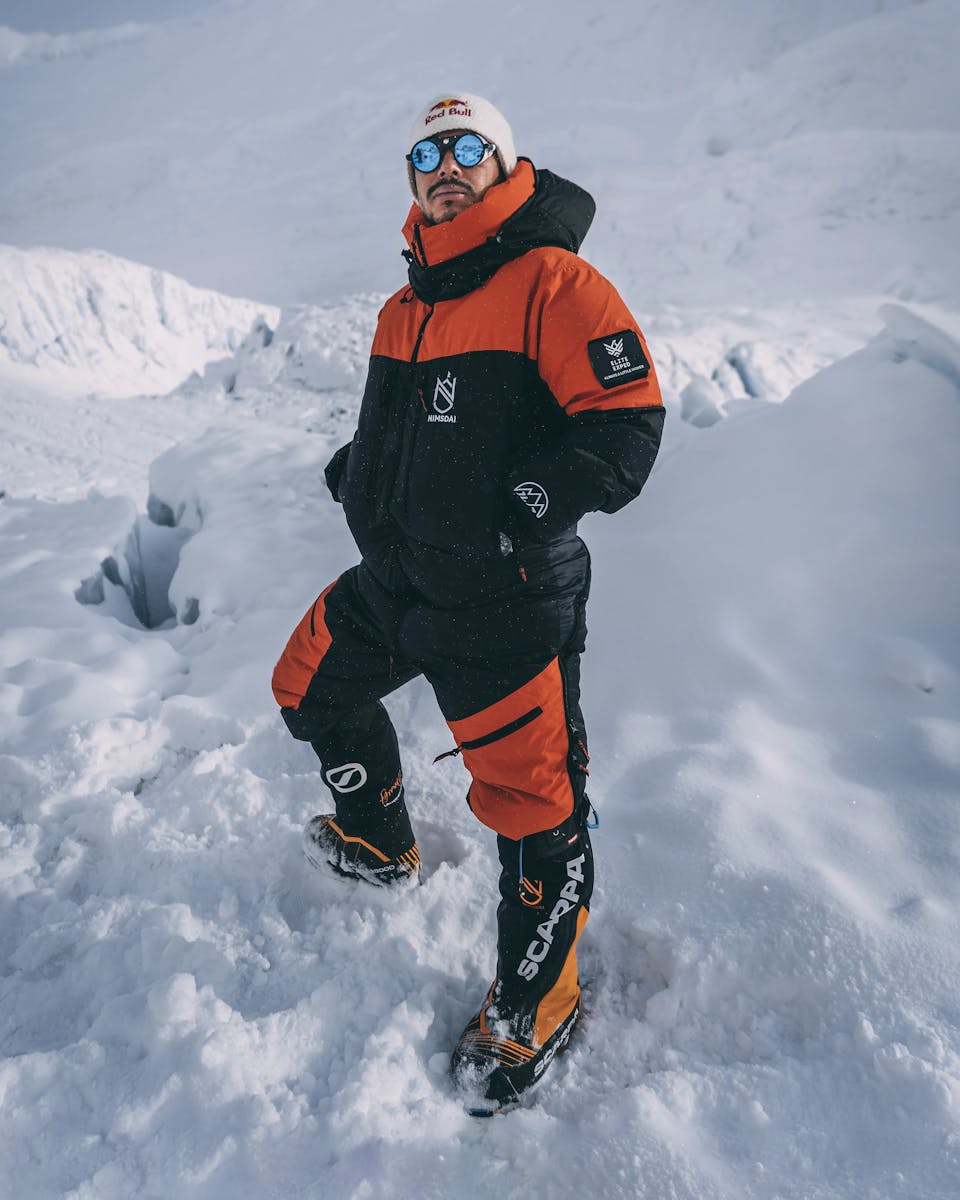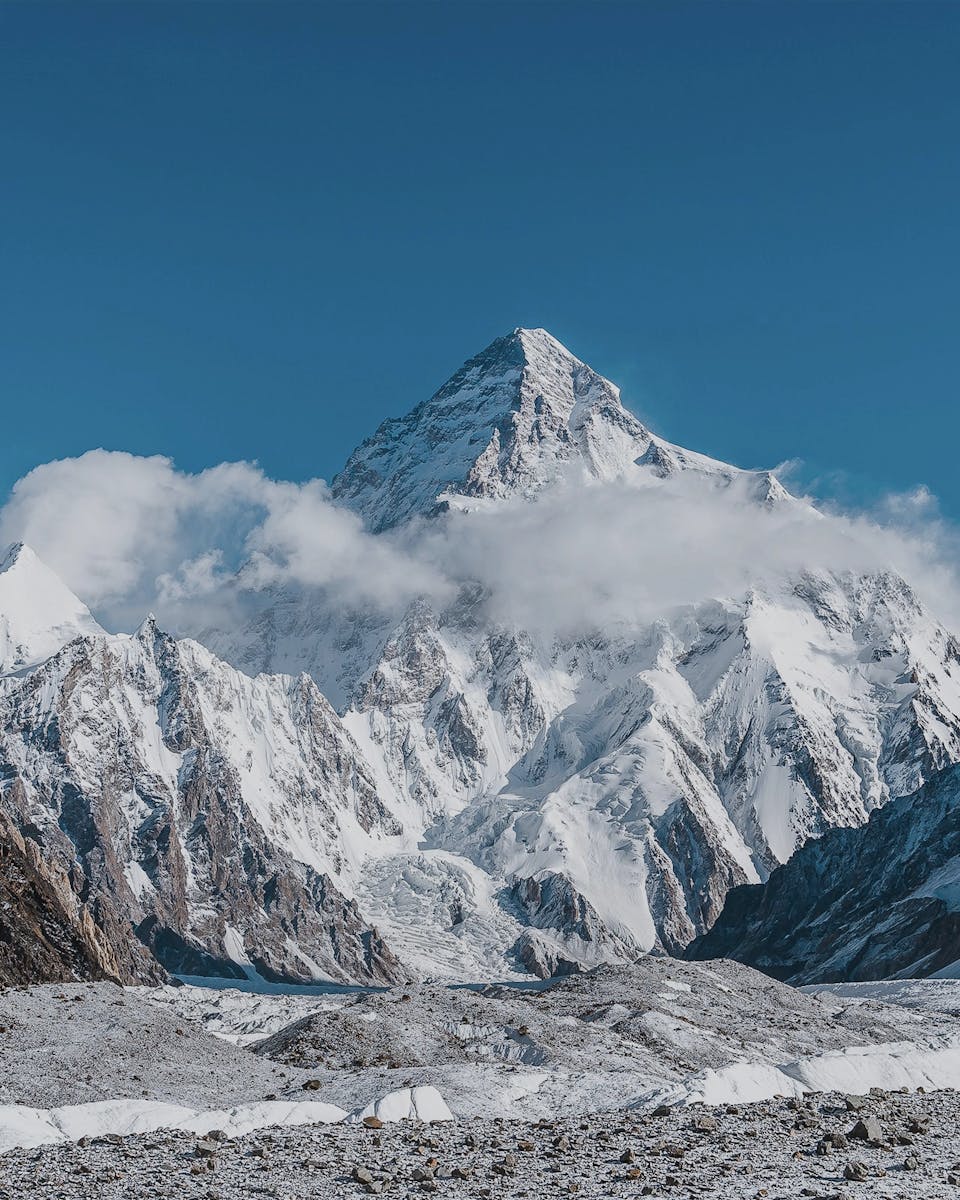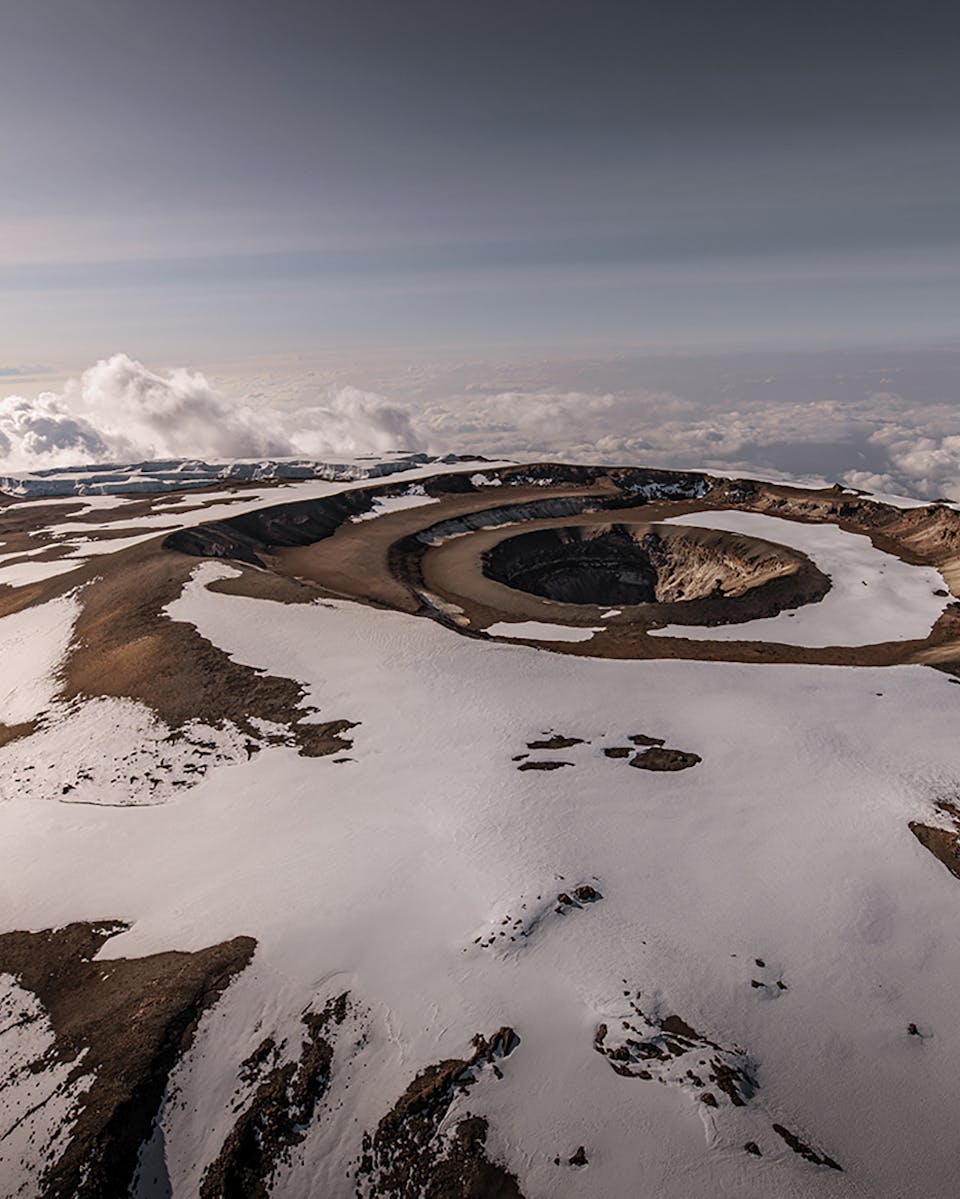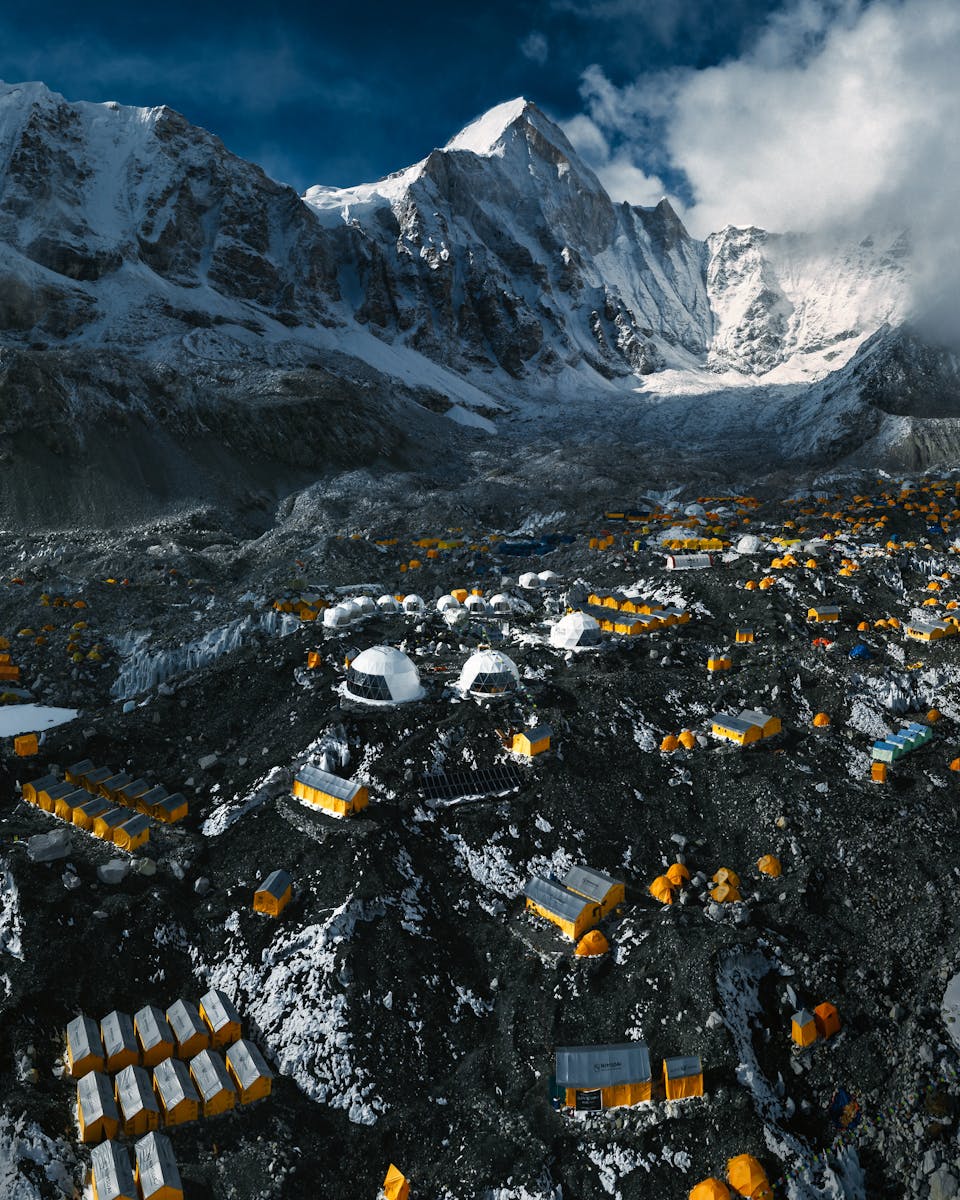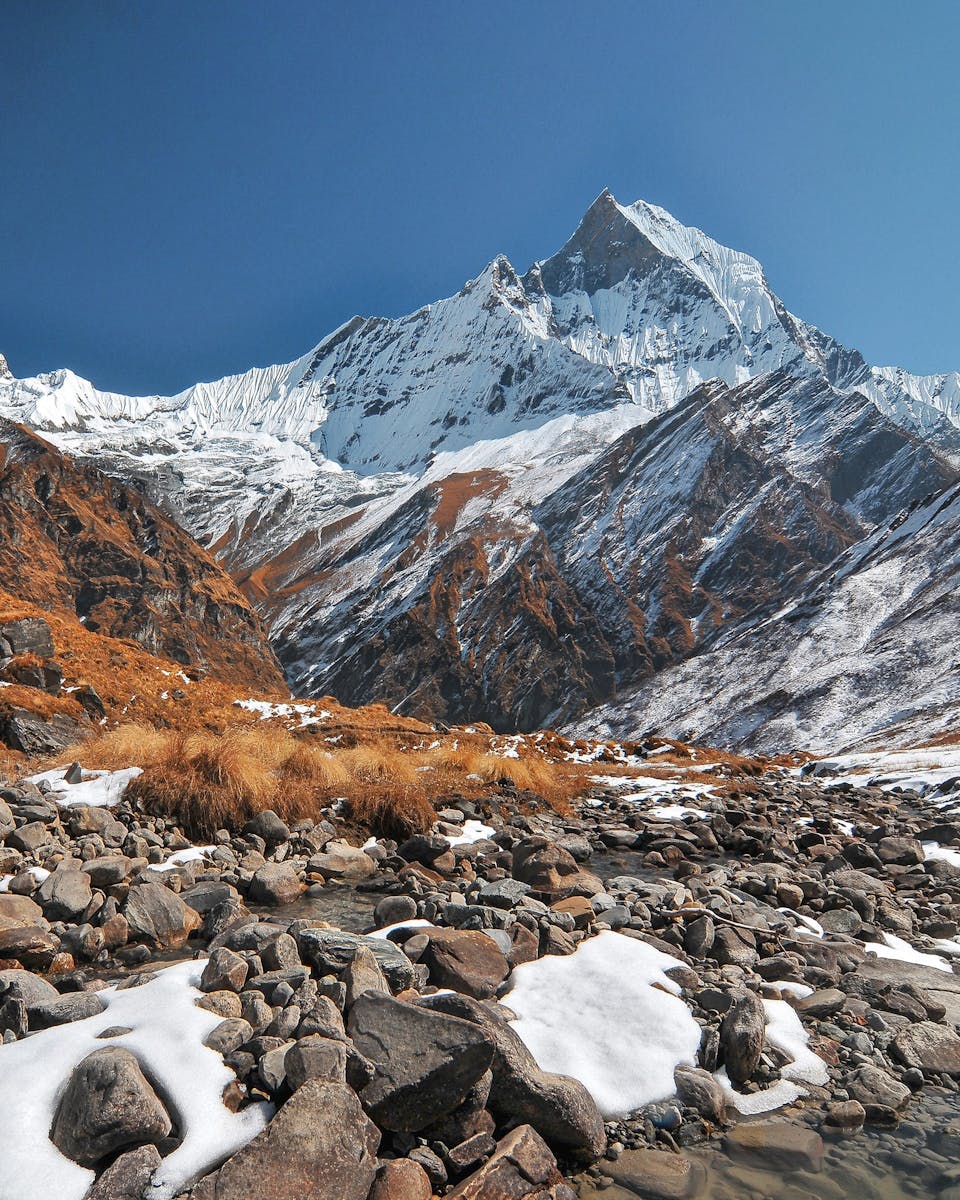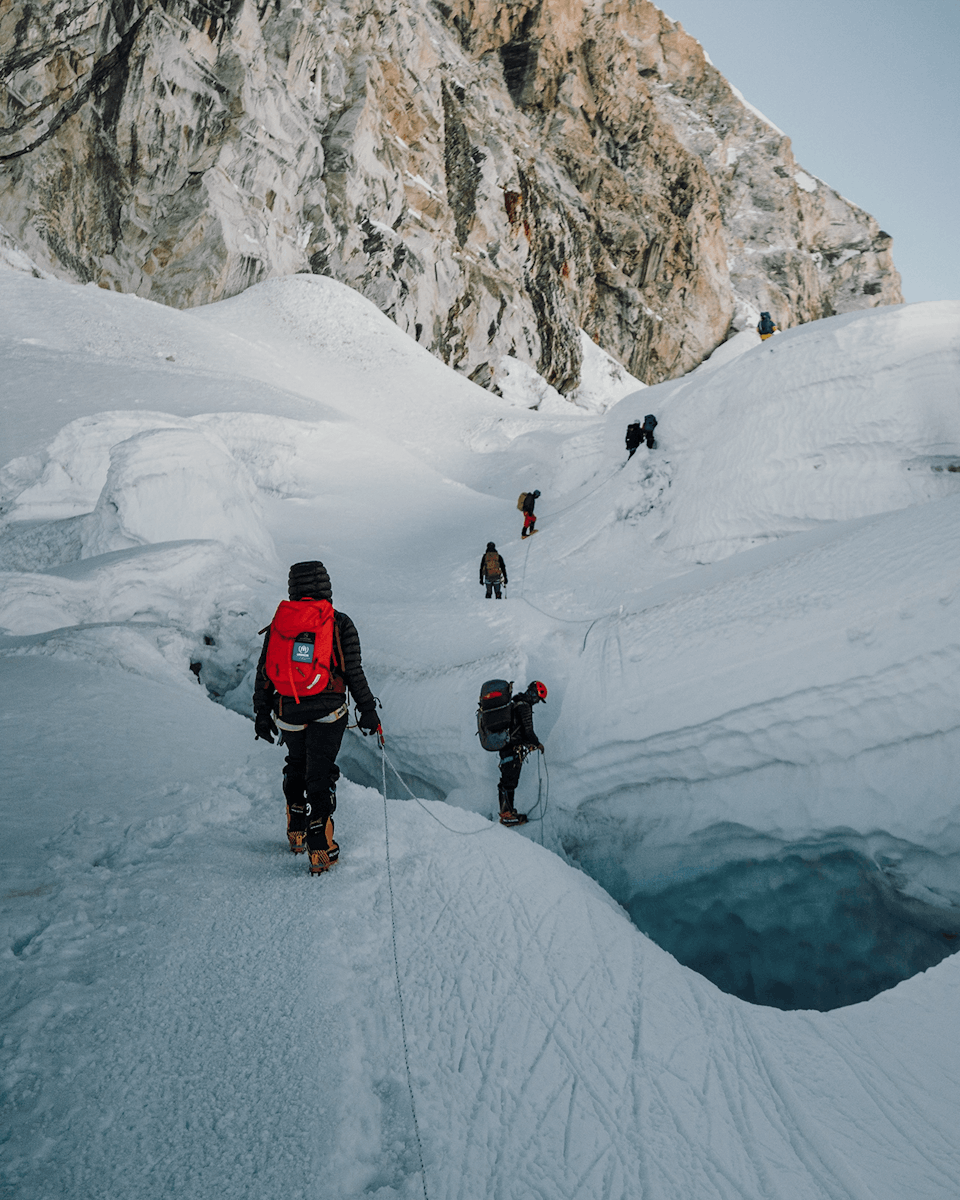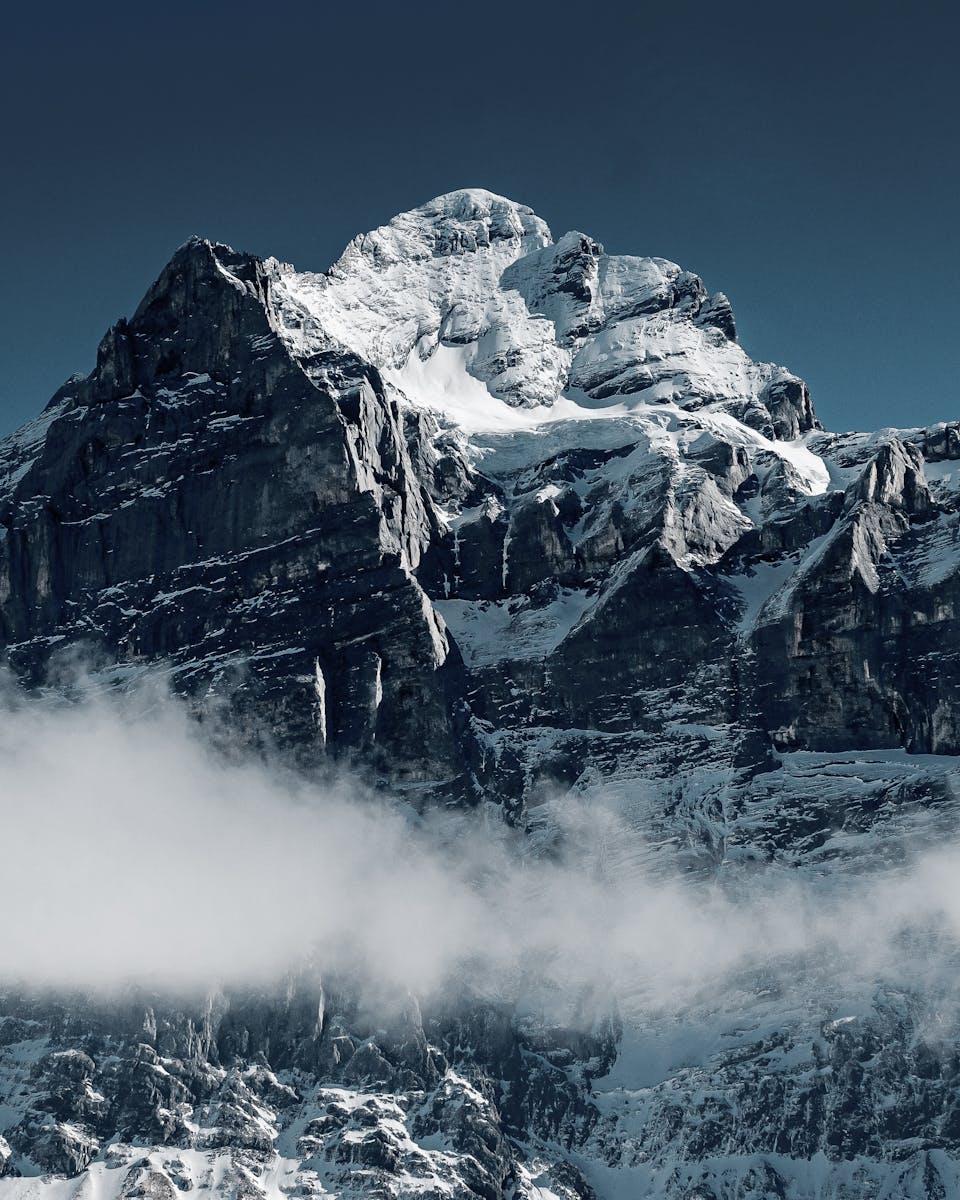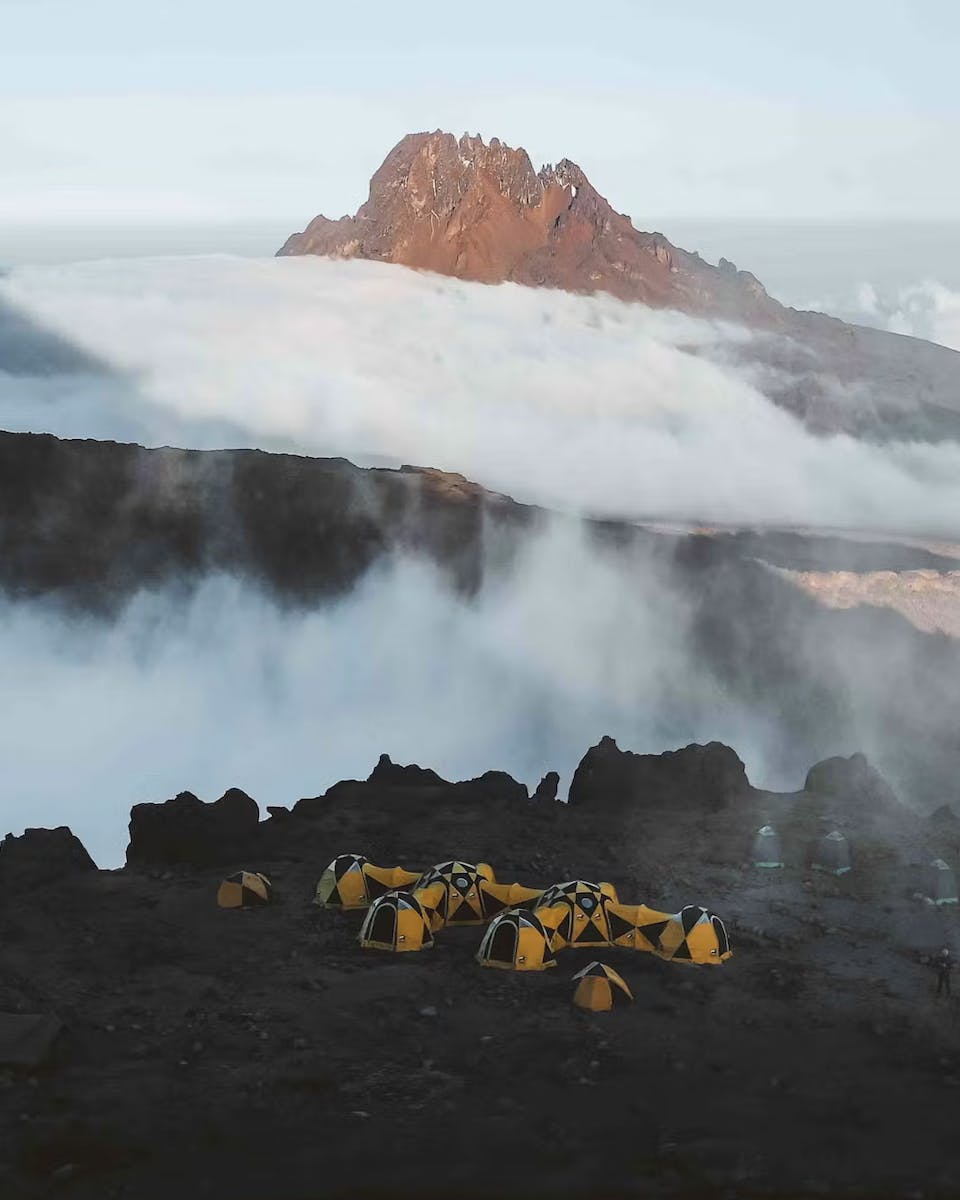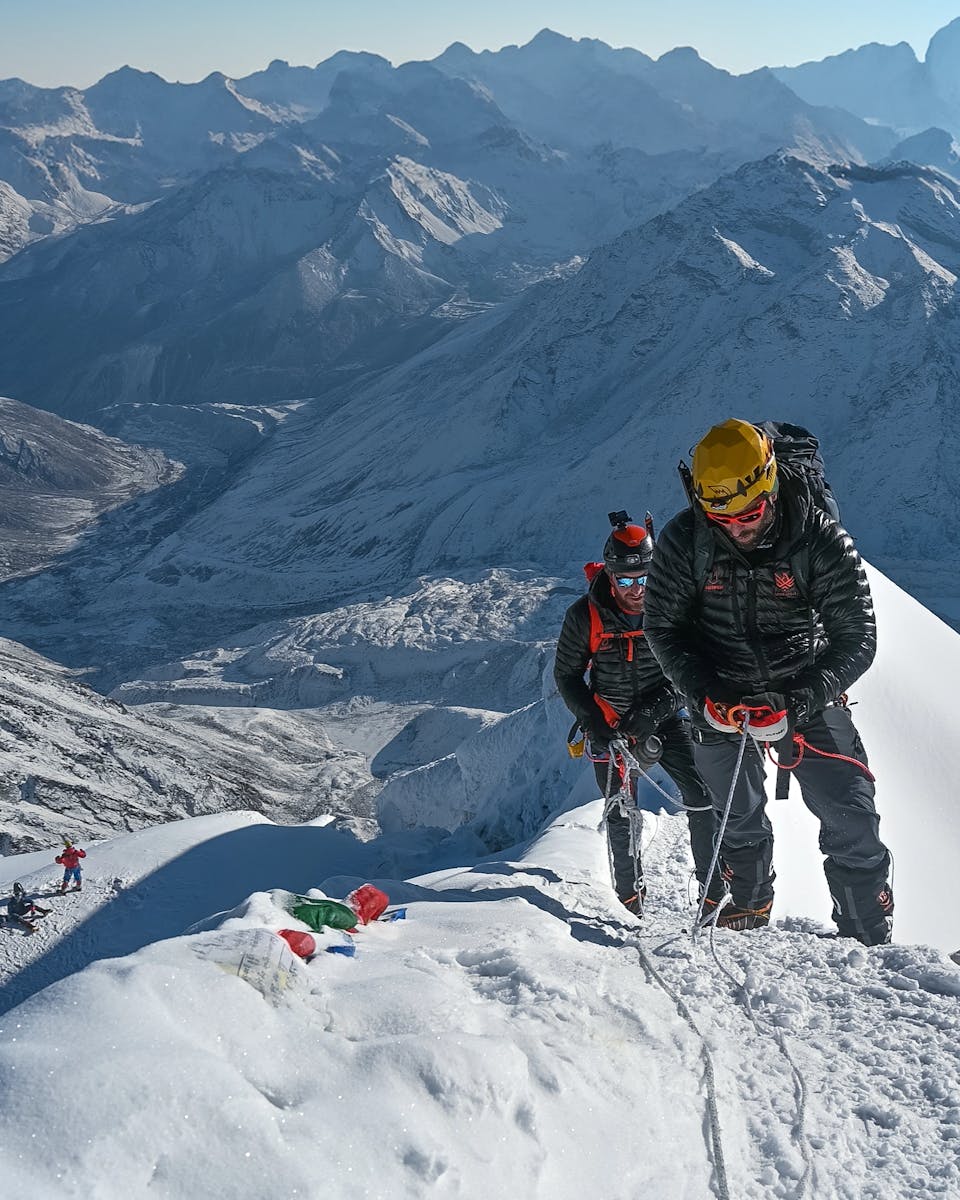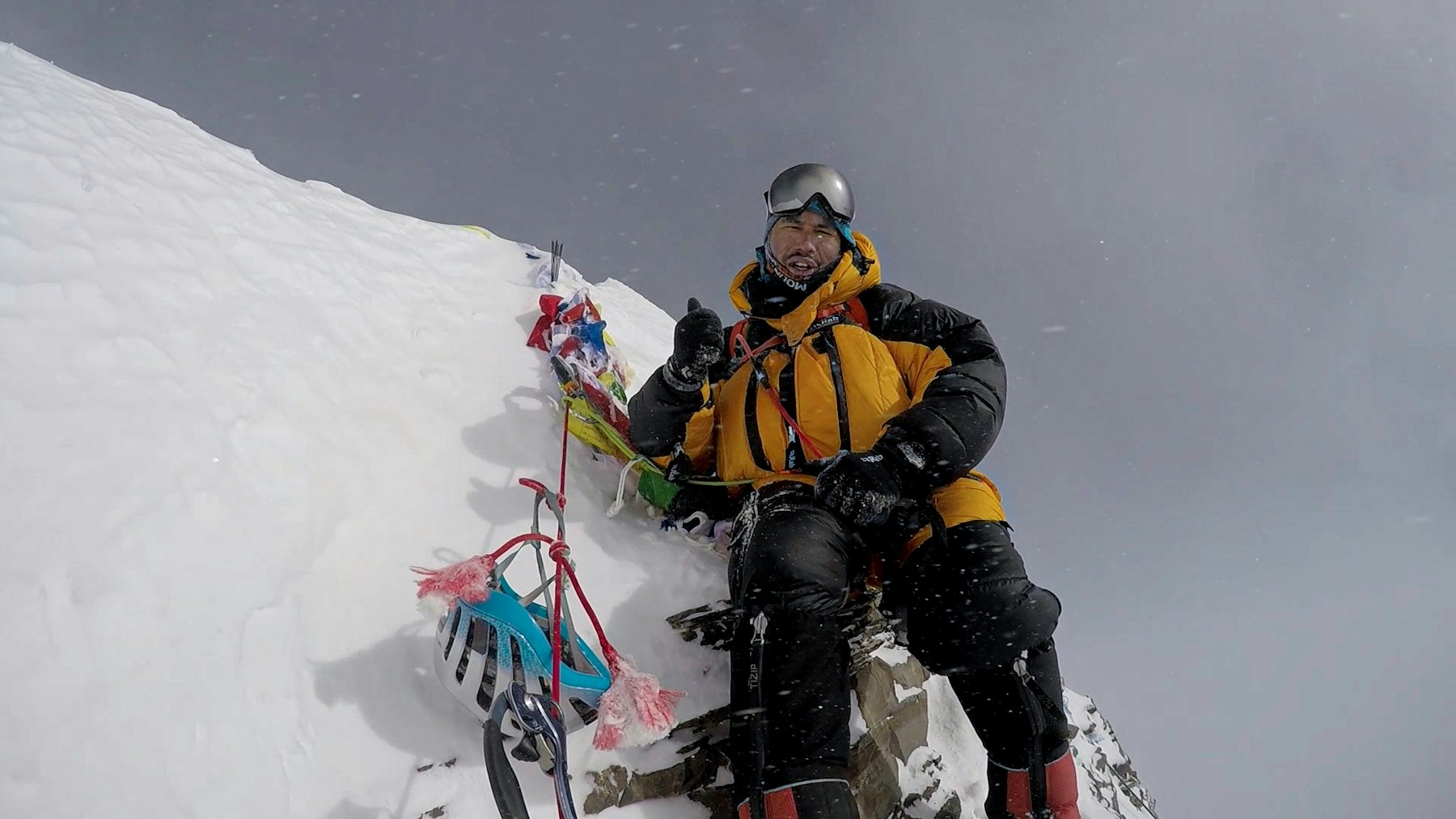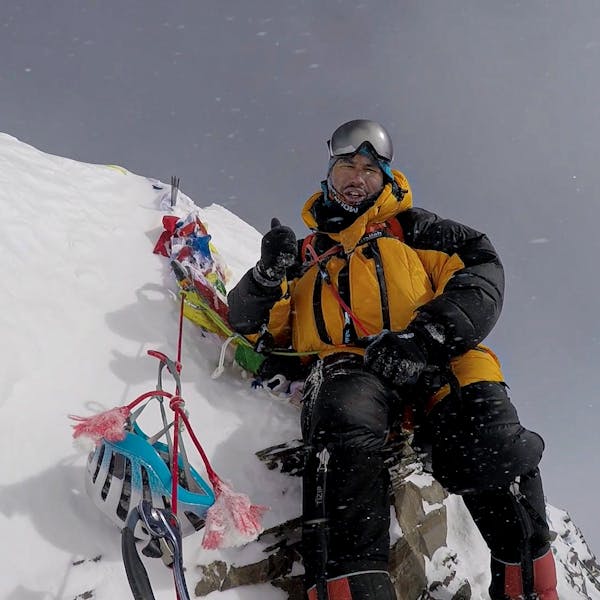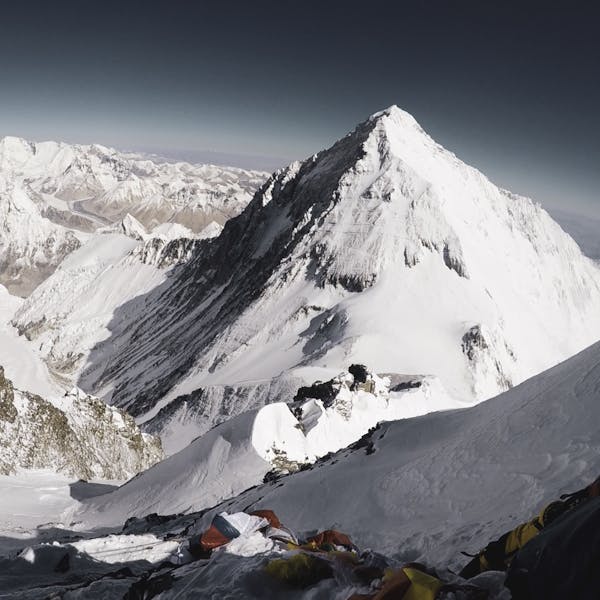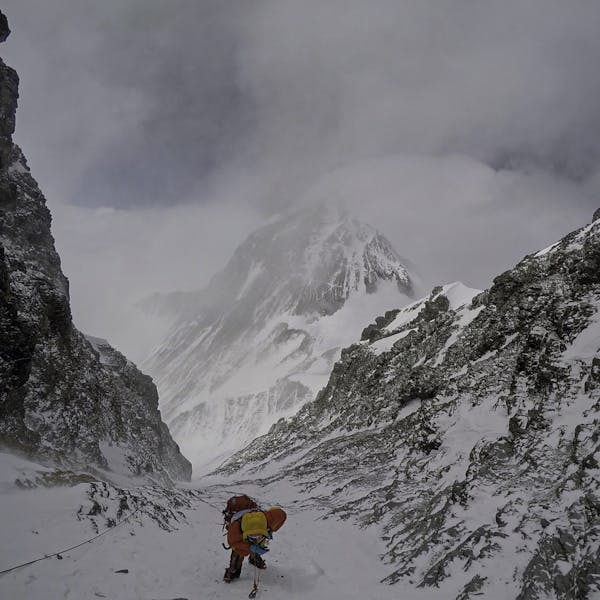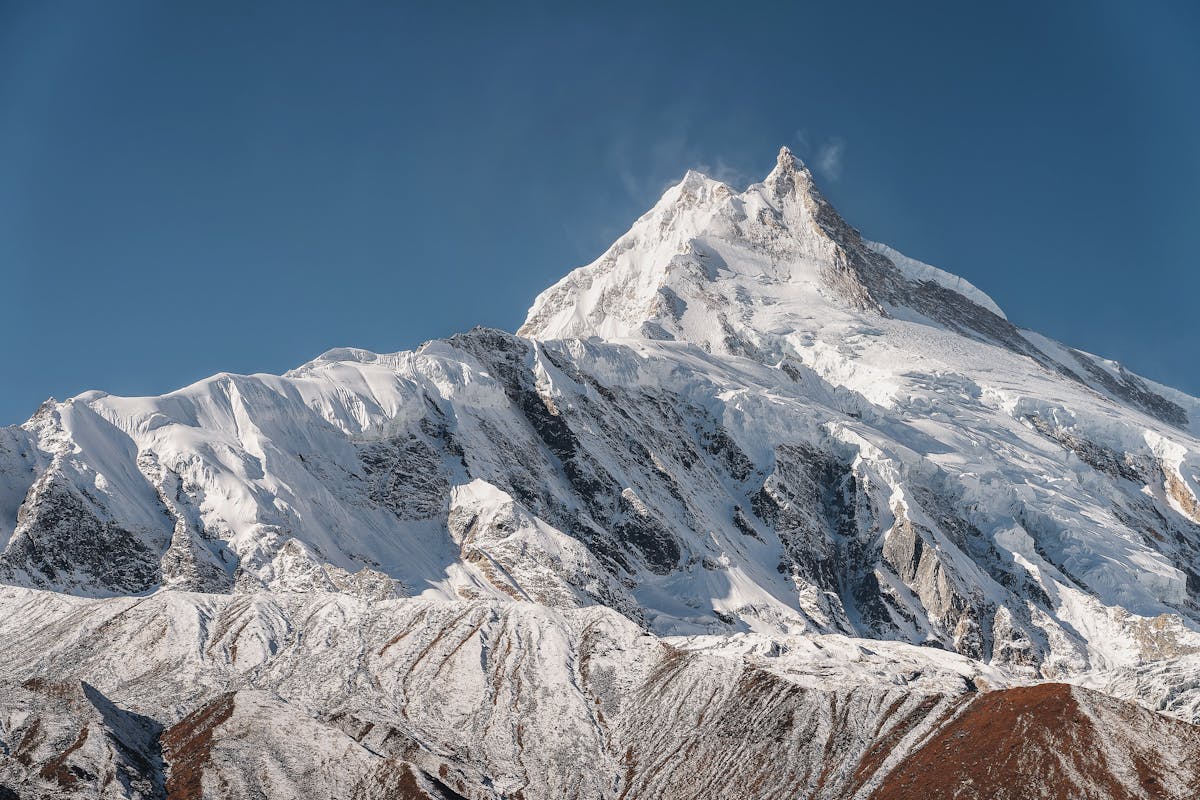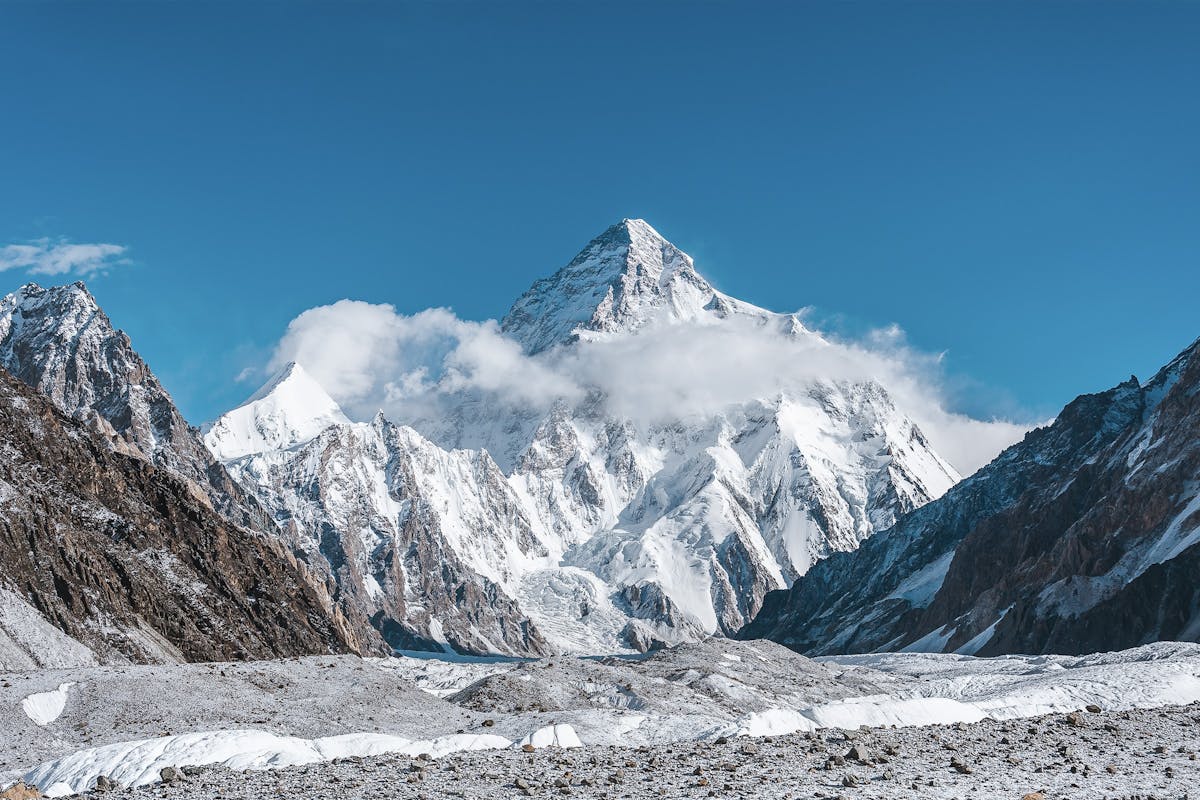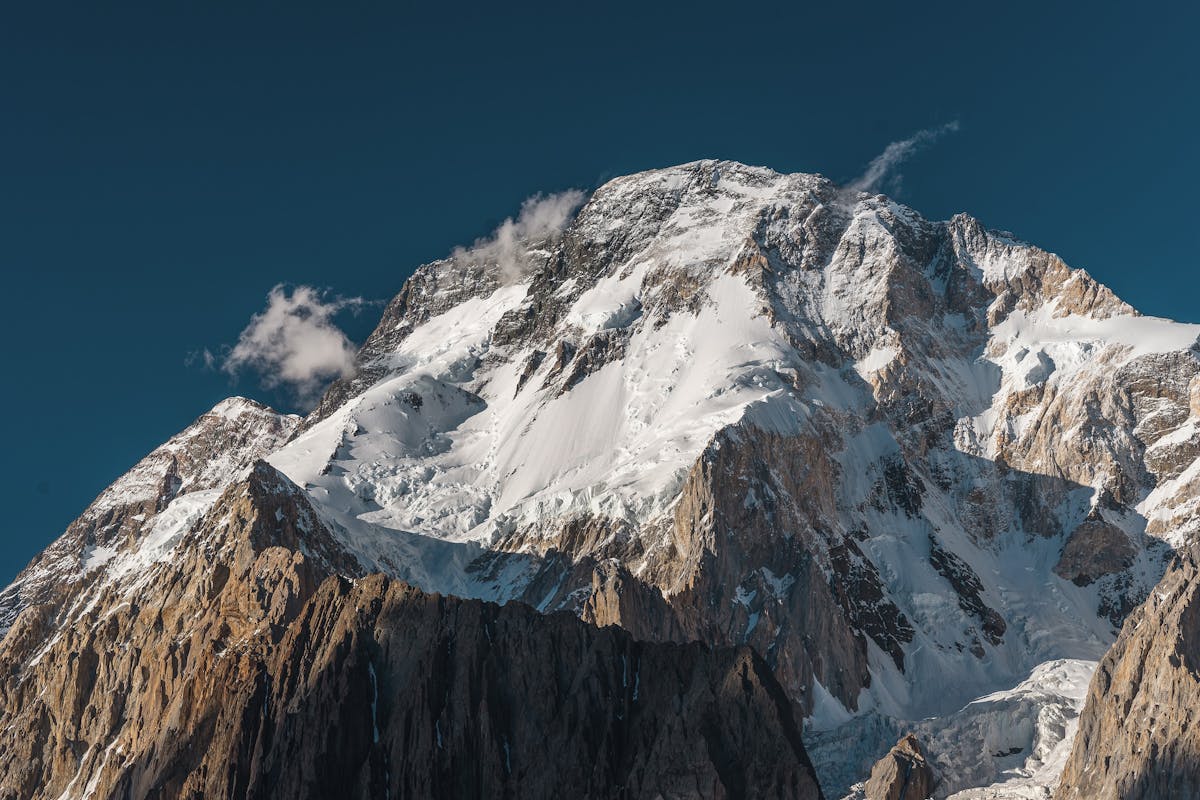Those outside the mountaineering world often overlook Lhotse, such is the fame of its nearest neighbour. But the world’s fourth-highest mountain has become increasingly popular with climbers looking for a less-crowded - and arguably more challenging - alternative to Everest. With its distinctive, dramatic south face rising a near-vertical 3,200m from the glacier below, this 8,516m peak presents significant challenges for serious mountaineers.
The spectacular and dominating 8000m peak
Located on the border between Tibet and Nepal, Lhotse is sometimes mistakenly identified as the south peak of Everest. But this mountain represents a worthy challenge in its own right - and indeed, some climbers claim that the final section - through a narrow, 150m gulley - makes this a trickier, more technical climb than Mount Everest itself.
While Lhotse perhaps requires more advanced rock climbing skills than its more famous neighbour, it is physically less demanding. However, this is still a hugely significant peak, and one that demands to be treated with the utmost respect.
